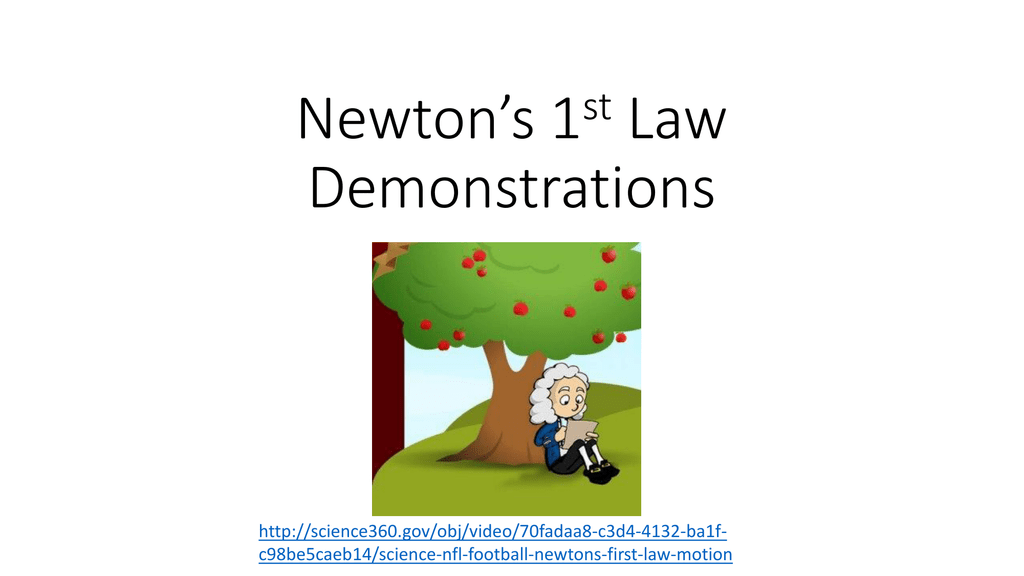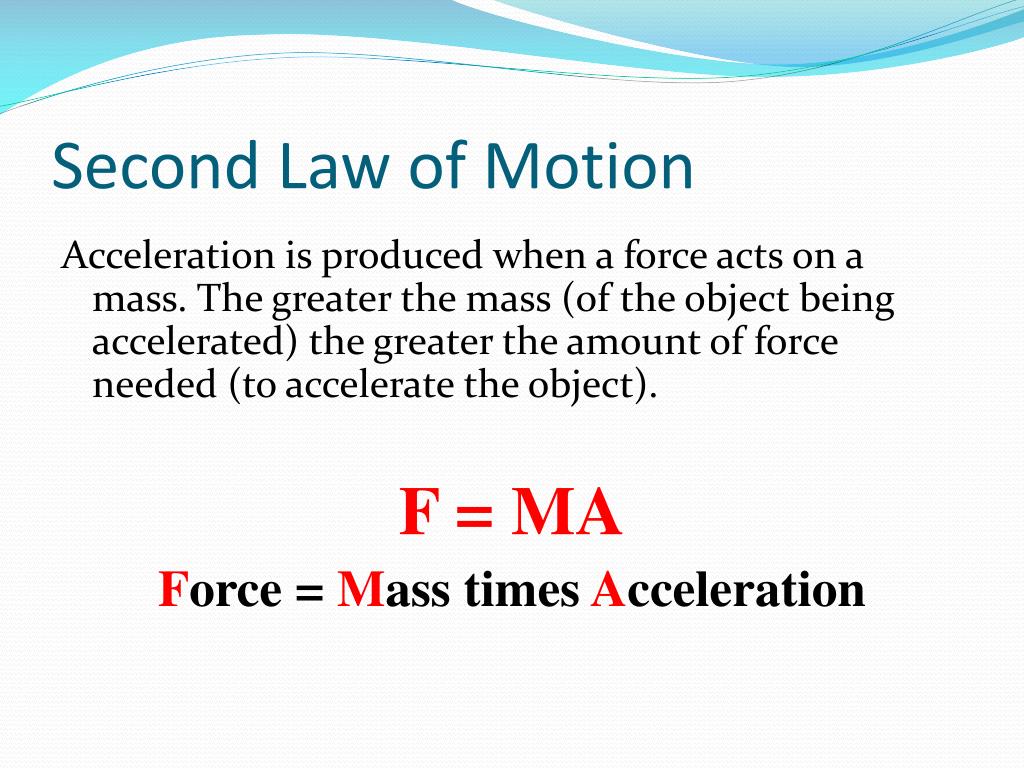
When a car turns in a circular path or a curve, a friction forcebetween the road and the car tyres is originated, This force acts normally to the direction of the car motion towards the center of the circle causing the car to move in a curved path, This means that the friction force may behave as a centripetal force. Gravitational force ( F G )Īn attractive force exists between the Sun and the Earth in a direction perpendicular to the path of the Earth, This force causes the Earth to move in a circular path around the Sun, This means that the gravitational force may behave as a centripetal force. When pulling a body by a string or a wire, a tension force is originated, If this tension force is normal to the direction of motion of a body moving at constant velocity, this force causes the body to move in a circular path, This means that the tension force may behave as a centripetal force. From Newton’s Laws to Deterministic Chaos, Springer, 2009.The centripetal force is the force that acts continuously perpendicular to the path of a moving body, causing it to move in a circular path, From these forces : Tension force ( F T ) When combined with the universal law of gravitation and the invention of calculus, Newton’s laws were the first laws that provided a complete explanation for universal phenomena, which lasted over two hundred years until the discovery of light speed and relativistic mechanics. Newton proposed the first two laws in a paper titled Principia Mathematica, and the third shortly thereafter. An object’s mass is related to its inertia and gravitational force.

If a massive object strikes a small object, then the small object will accelerate a lot faster than the large one.Īn object’s mass is a constant inherent property that measures the amount of matter. Although this means that in every exertion of force, the magnitudes of the forces are equal, the accelerations need not be so. As a result of this law, we get the fact that energy is always conserved in mechanical systems. If some object exerts a force on another object, then the object exerting the force is subject to the same force in an opposite direction. The third law states that for every action there is an equal and opposite reaction. The law also states that the acceleration is in the same direction as the force, which is an intuitive idea.įor every action there is an equal and opposite reaction This means that an object that is twice as heavy as another requires twice the force to accelerate it to a certain speed. The second law states that any force applied to a body produces acceleration and that the product of the acceleration and the mass of the object is the force applied. The Second Law: Force, Mass & AccelerationĪny force applied to a body produces acceleration and that the product of the acceleration and the mass of the object is the force applied This law was also the first mention in the history of the idea of frames of reference in which laws were valid, a concept that would later become the basis for the theory of relativity. This law, while not validated by everyday experience, was easy to predict by adding friction to virtually every calculation of motion. The first law states that objects at rest tend to stay at rest and that objects that are in motion tend to stay in motion. Newton’s first law is simply a restatement of Galileo’s observations, and in his publication, Newton gave credit to Galileo for the discovery. Pbjects at rest tend to stay at rest and that objects that are in motion tend to stay in motion

For over two hundred years, physicists were unable to produce any experiment that invalidated any one of these laws, and even today they function as close approximations for the vast majority of real-world problems, which is why engineers still use them for calculations. Newton’s three laws of motion were the first quantitative and predictive laws of mechanics. Newton proposed three laws of motion that explain interactions between solid objects, describing force, inertia, and reaction forces.


 0 kommentar(er)
0 kommentar(er)
